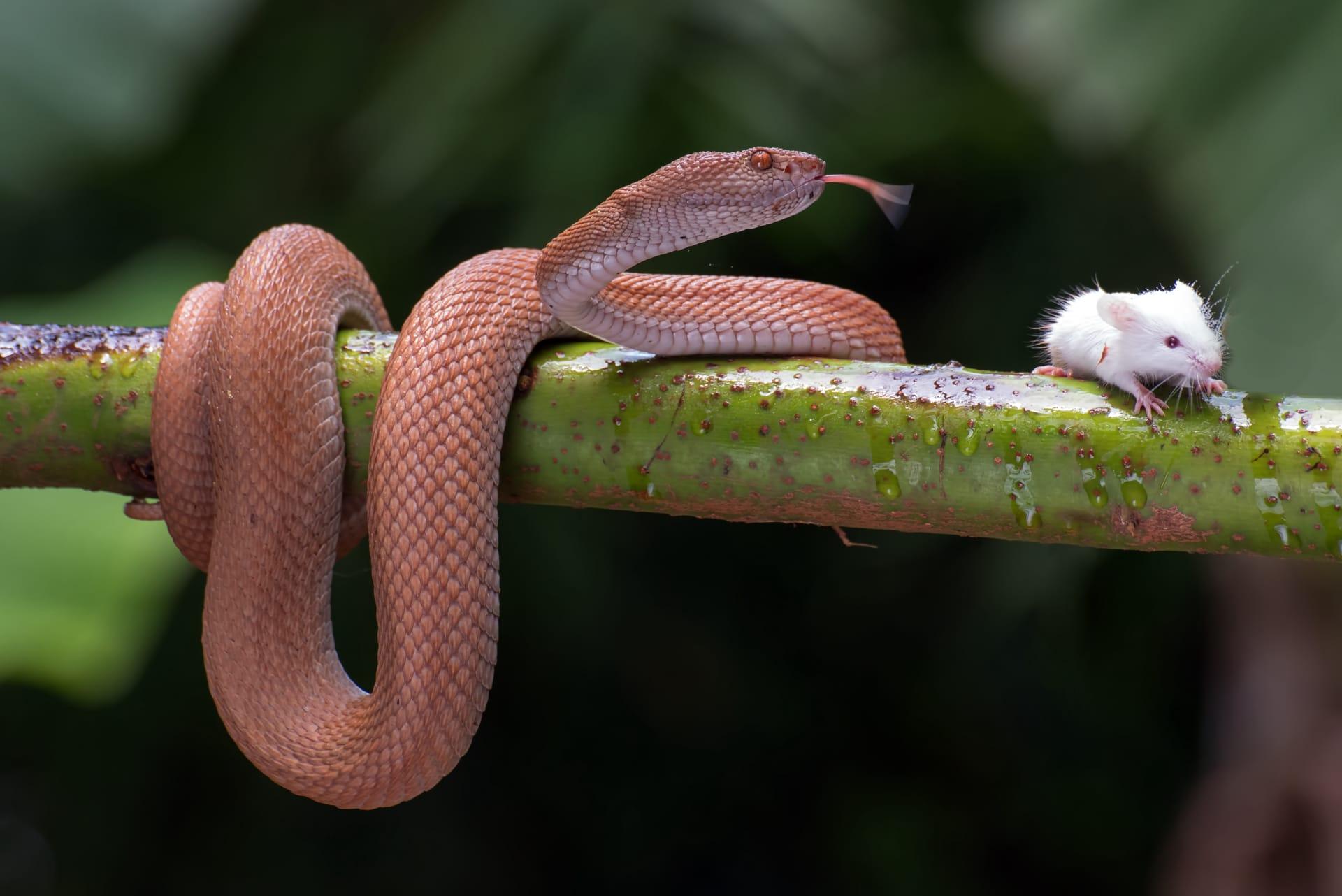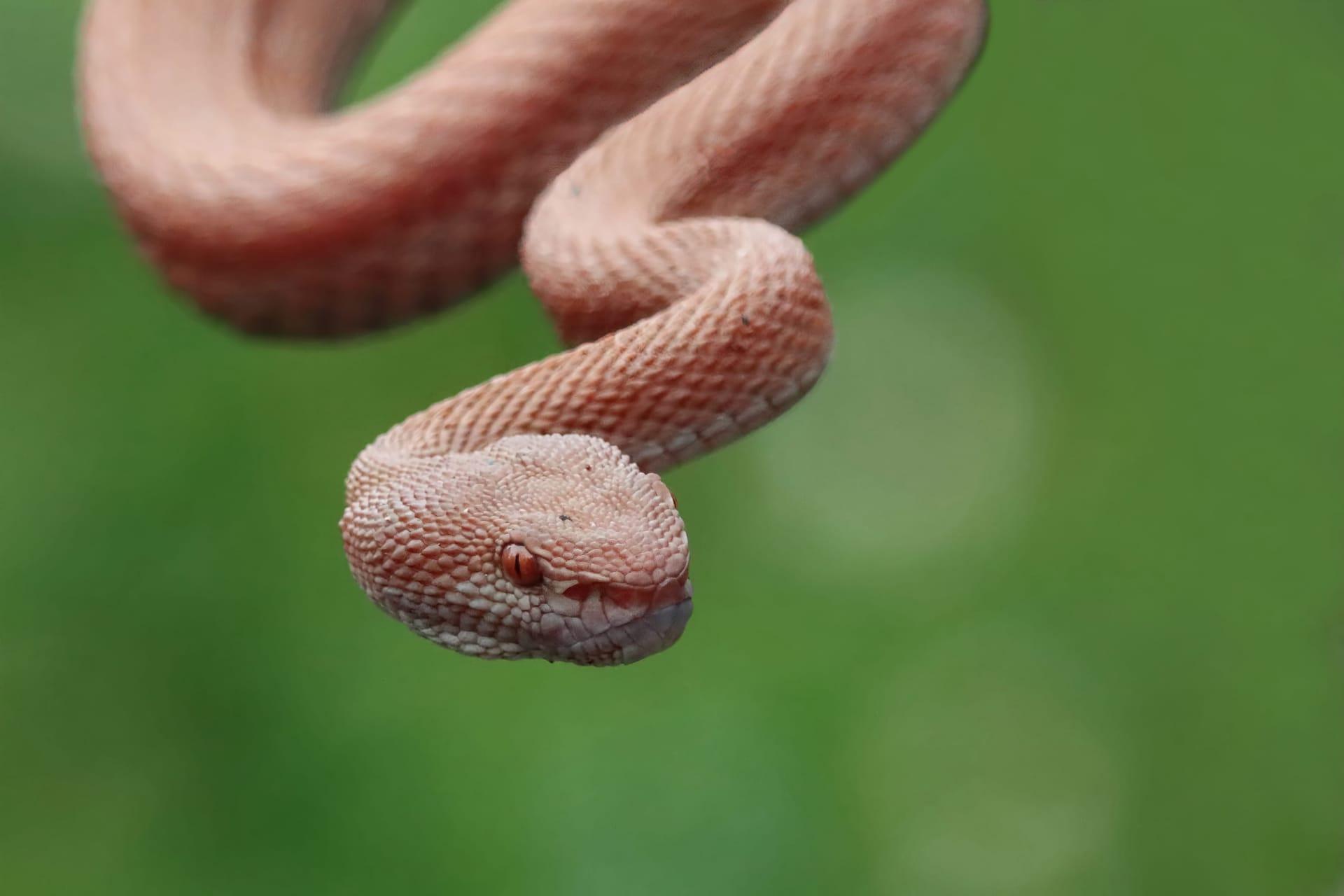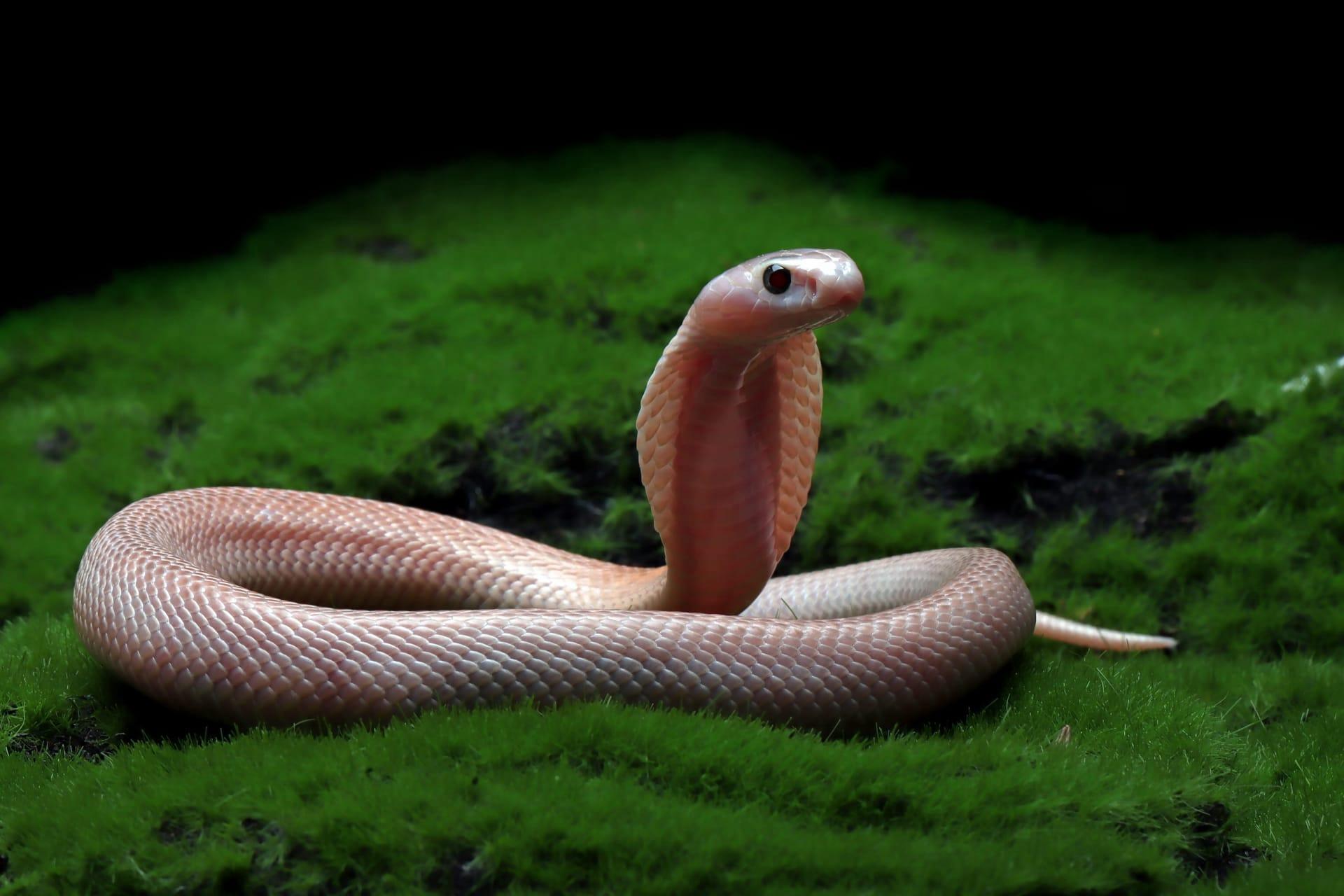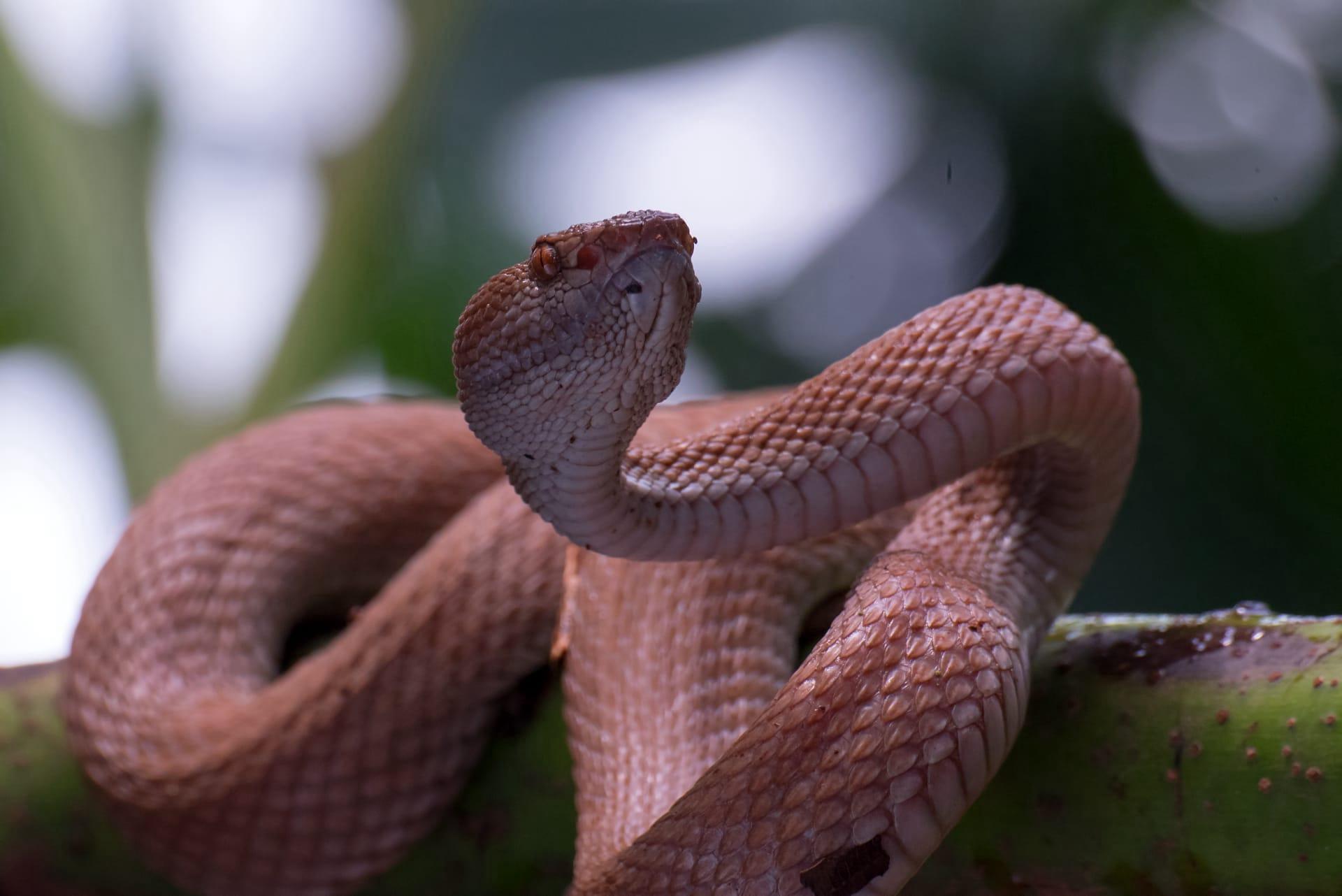Pink Snake
- Home /
- Mini Encyclopedia /
- Animal /
- Pink Snake
1
The Pink Snake, known scientifically as Opheodrys aestivus pinkus, falls under the Colubridae family, which is the largest snake family, encompassing about two-thirds of all known snake species. This species is a non-venomous, small to medium-sized snake, distinguished by its unique pink coloration, which ranges from a light pastel pink to a more vivid rose hue. This coloration is a result of a rare genetic mutation affecting the pigmentation of the snake's scales.
The Pink Snake is primarily found in North America, with its distribution stretching from the southeastern United States up to parts of Canada. It thrives in a variety of habitats, including deciduous forests, grasslands, and even suburban areas. The species is particularly prevalent in the Appalachian region, where the moist environment and abundant foliage provide ideal conditions for its survival. Due to its distinct coloration, the Pink Snake is often observed in open areas basking in the sun, although it is predominantly a reclusive creature, preferring to hide under rocks or in dense foliage.

2
Question: Is the Pink Snake venomous and dangerous to humans?
Answer: A common misconception about the Pink Snake is that it is venomous and poses a threat to humans. In reality, this species is entirely non-venomous and harmless. The Pink Snake, like other members of the Colubridae family, lacks venom glands and relies on constriction to subdue its prey, which primarily consists of small rodents, insects, and occasionally small birds. Its gentle nature and reluctance to bite make it a low-risk species for humans. However, as with all wildlife, it is advised to observe the Pink Snake from a distance and avoid handling it to prevent stress to the animal.

3
The Pink Snake employs several survival strategies to thrive in its environment. One key strategy is its unique coloration. The pink hue provides camouflage among flowers and shrubs, allowing it to blend seamlessly into its surroundings. This camouflage aids in both predator evasion and stealthy hunting. Furthermore, the Pink Snake has a seasonal adaptation strategy. In colder months, it brumates (a hibernation-like state) in communal dens, which helps it conserve energy and survive the harsher conditions.
Another survival tactic of the Pink Snake is its reproductive strategy. This species is oviparous, laying clutches of eggs in secure and hidden locations. The eggs are laid in mid-summer, and hatchlings emerge in early fall. This timing ensures that the young snakes have enough time to feed and grow before the onset of winter. The Pink Snake also exhibits territorial behavior, often returning to the same hunting grounds and brumation sites year after year, which is believed to enhance survival rates by reducing the energy expenditure in searching for new habitats.

4
In the ecosystem, the Pink Snake plays a significant role in controlling the population of its prey, especially rodents and insects. By keeping these populations in check, the Pink Snake helps maintain a balanced ecosystem. Its presence also indirectly benefits plant life by controlling species that may otherwise cause overgrazing or damage to vegetation.
The Pink Snake also serves as a food source for larger predators, such as birds of prey and larger snakes. This positions the Pink Snake as an integral part of the food web. Additionally, its unique coloring makes it a subject of interest for ecologists and herpetologists, contributing to our understanding of genetic variations and adaptations in reptiles. The Pink Snake's adaptability to various environments, including suburban areas, highlights the importance of biodiversity and the interconnection between human-modified and natural ecosystems.

5
Film: "Serpentine Spectrum" is a British documentary released in 2021. It explores the diverse world of snakes, with a special focus on the rare Pink Snake. The film delves into the snake's habitat, behavior, and the challenges it faces in the wild, offering stunning visuals and insights from leading herpetologists.
Book: "Shades of Serpents" by American author and biologist Dr. Linda Greene, published in 2019, is an extensive guide to the various color morphs found in North American snakes. It features a detailed chapter on the Pink Snake, discussing its genetic peculiarities and ecological significance.
Book: "Reptilian Wonders: The Pink Snake and Beyond" is a 2020 publication from Canadian herpetologist Dr. Simon Laurent. This book provides a comprehensive overview of the Pink Snake's biology and its role within the broader context of reptilian diversity in North America. It combines scientific research with engaging anecdotes to appeal to both academic and general audiences.